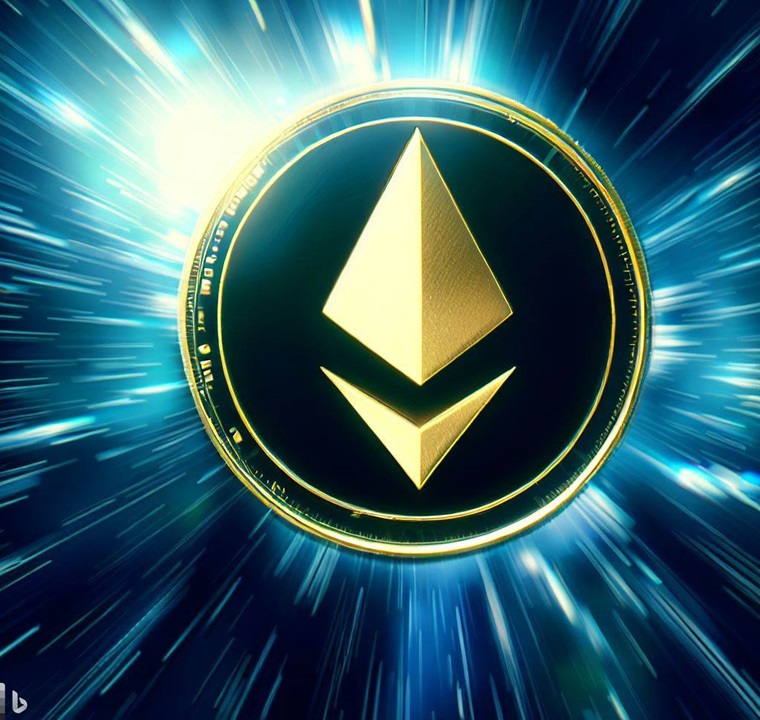Ethereum is a decentralized platform that uses Blockchain technology, which allows the development of various decentralized applications and smart contracts. The cryptocurrency of this platform is called Ether (ETH), which is used to perform transactions within its ecosystem.
Ethereum belongs to the second generation of cryptocurrencies. Through the tools provided by Ethereum, (decentralized DApps applications), non-fungible tokens (NFT) decentralized autonomous organizations (DAO), digital tokens, metaverses, play-to-earn games, exchanges, lending platforms, smart contracts, among other applications have been developed.
History
Its beginnings date back to 2013, when Vitalik Buterin (Russian) wrote the white paper for the project, thus giving life to Ethereum. However, it was only launched on July 30, 2015; when the Ethereum Foundation’s “Frontier” was officially launched. Its main aim is to become the number one global platform for decentralized applications (DApps), which allows users to program and execute their own software within a flexible ecosystem and with high-level security.
Main features
Ethereum is an ecosystem to which everyone can have access, since it is characterized by being “open” with a structure comprised by a programming language and instructions with “public” permission (public blockchain), thus allowing people with programming knowledge to consult the platform whenever they want so they can create decentralized applications within its ecosystem.
Although the Ethereum blockchain allows the development of tokens, non-fungible tokens (NFT), or smart contracts, the Ether (ETH) is the only cryptocurrency of Ethereum; this means that, while Ethereum is the platform, ecosystem, and blockchain (all together), ETH is the cryptocurrency that brings “life” to the Ethereum network.
Ethereum Virtual Machine and consensus algorithms
Ethereum performs two types of “operations”, (DApps) the programming of applications and transactions of digital assets. In order to function as a programmable network, Ethereum has the Ethereum Virtual Machine (EVM), with which developers design applications, tokens, smart contracts, etc.
The Ethereum (EVM) plays an important role in the platform’s decentralization, as it ensures that all nodes in the network reach a consensus on the outcome of a process (e.g., a smart contract). Each node of the network executes the operations of that process and verifies the results, in case all nodes reach the same result, then the process (smart contract) will be valid and it will update its status on the blockchain.
Ethereum Wallet in Pilsenga
Pilsenga offers a wallet service for cryptocurrencies (Etherum, Bitcoin, and USDT). As a virtual asset service provider, Pilsenga allows us to manage our investments remotely, exchanging cryptocurrencies and FIAT money effectively and with a high level of security.
What do you think about this topic? Would you like to know more about Ethereum?
If you are interested in Pilsenga’s products or services, you can visit our website and register on our platform by visiting the following link.
